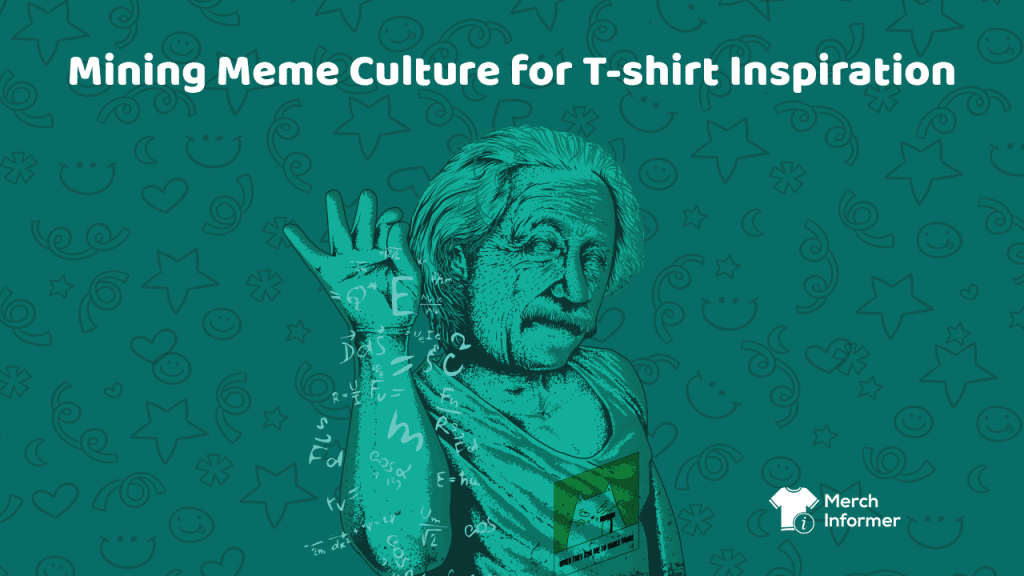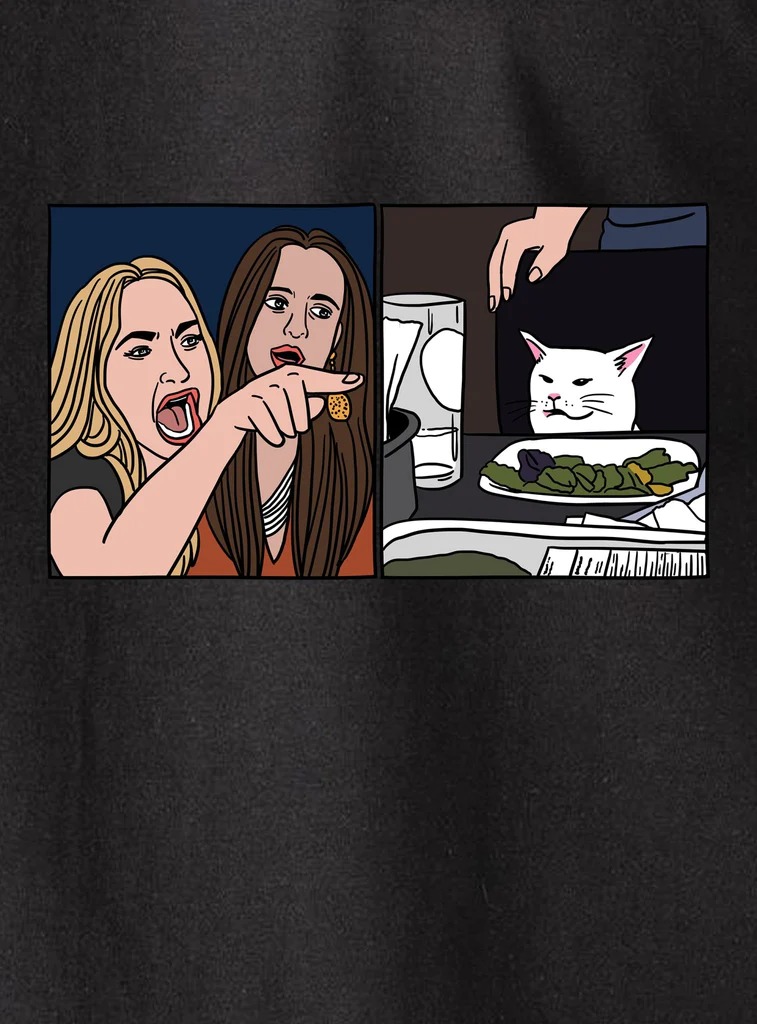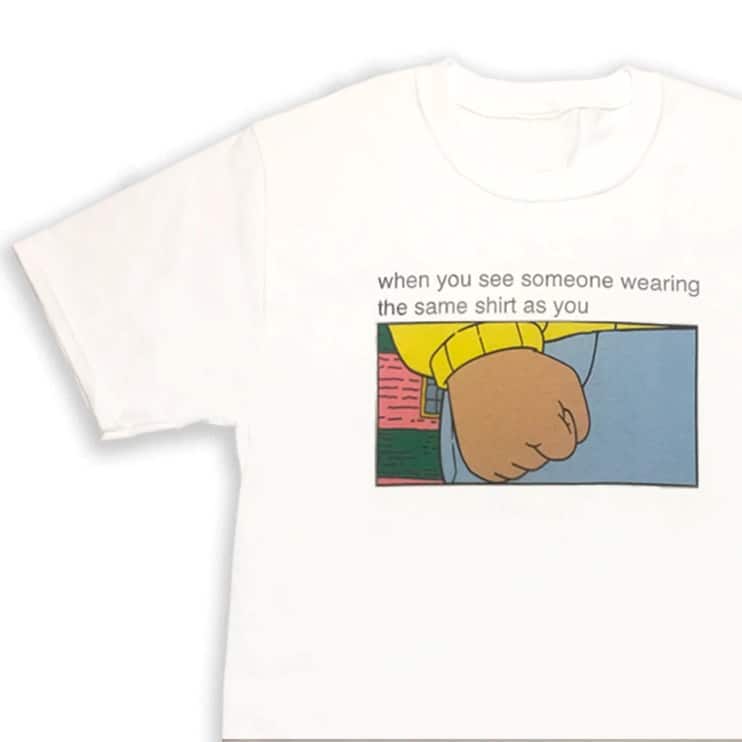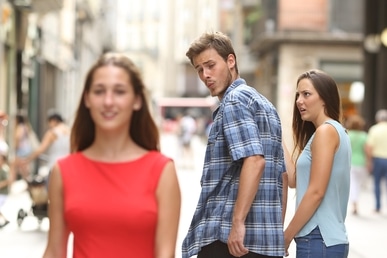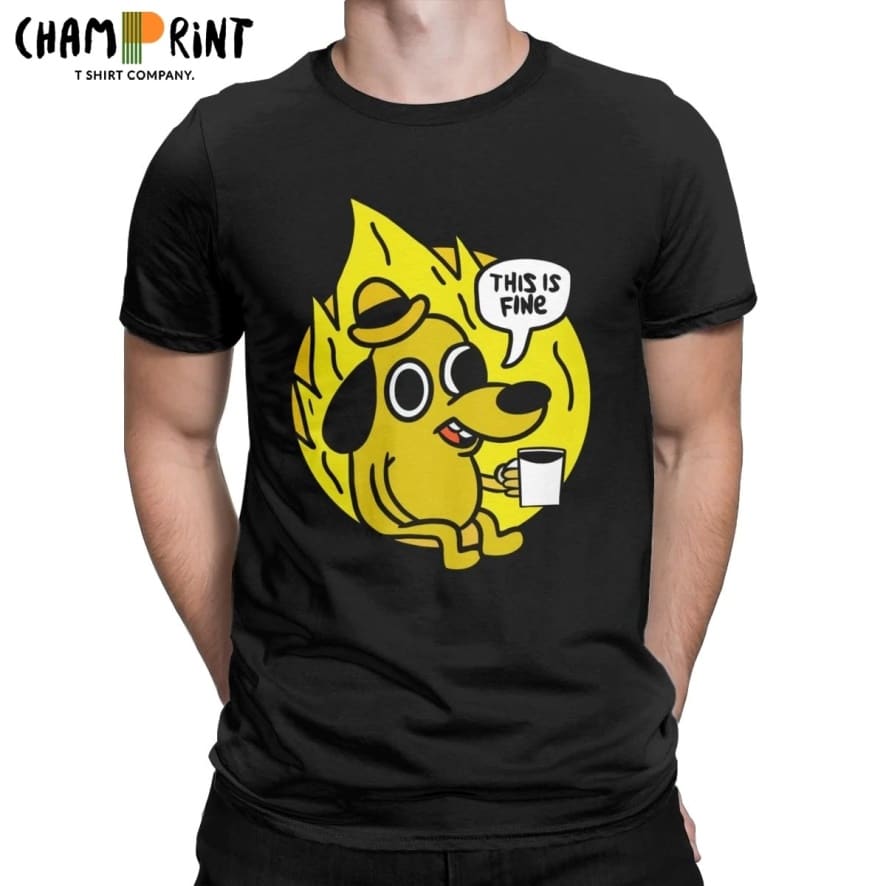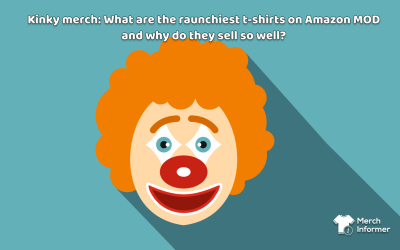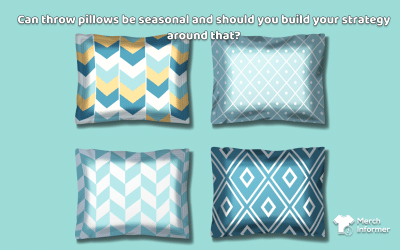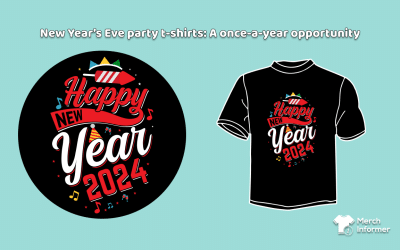Mining Meme Culture for T-shirt Inspiration
Looking for the latest trends to cash-in on when creating your new merchandise? Don’t bother going to your favorite shops. We very well may be in the age of meme fashion, which is all about breaking the rules of style by wearing references to pop culture, sarcastic slogans, and anything else that may or may not be cool.
Some feel that memes are like the building blocks of a cultural phenomenon, one that incorporates visuals with slogans that would normally not be a part of the image described, but where the image magnifies the slogan in all-new ways.
A meme is a piece of pop-culture that spreads from one person to another. The internet, more than most other forms of communication, has made it much easier for ideas to spread quickly and to a large number of people.
Meme allusions abound in modern culture, and they are frequently turned into popular t-shirts. Memes are an important component of internet content, and what began as a method to mock pop culture has evolved into a part of it. Many t-shirt makers now print popular memes on their shirts. Some of these shirts are amusing, while others are simply bizarre. Whether you like memes or not, there’s no disputing that they’re an important part of our online experience and beyond.
Dawn of the “Meme”
We have all encountered them, but how did this start? Where did the word “meme” even come from?
Surprisingly, the word “meme” comes from the world of academia. Richard Dawkins, an evolutionary biologist, came up with the word “meme” in his book The Selfish Gene, which came out in 1976. Dawkins was looking for a word that meant “a unit of cultural transmission,” which is like a gene in the cultural world. Dawkins went on to say that songs, ideas, nursery rhymes, catchphrases, and fashion trends are all types of memes. When the word “meme” was first used, it referred to a broader idea of how culture spreads than the text-overlaid images we think of today.
The sideways smiley is thought to be the first internet meme. An American computer scientist used it for the first time in 1982.
Evolution of the “Meme”
Memes have changed and spread across the internet since the 1990s. For example, “Rick rolling”, or interjecting a section of a video from late 80’s singer Rick Astley into something that the viewer was actually looking for, is often thought to be the first. VHS video tapes are even now used for this, with Astley being cut into pre-recorded films and left in second-hand shops… an unexpected, slow to find meme. That’s how popular this has become.
Meme fashion can also be more literal. Instead of an ironic slogan, it can look like the kind of thing you’d post in a group chat or on your private story. The nostalgic, almost silly humor has been a hit online, helping some brands get over 100,000 Instagram followers. Meme accounts that then share those brands’ designs and tag them in their posts are what make it so popular. Cross-advertising organically to the benefit of all.
Today, memes are ubiquitous; they’re impossible to escape. And they come from the least likely places on the internet. The picture below was originally a stock photo called “Disloyal man walking with his girlfriend and looking amazed at another seductive girl.” That one image has been used for year to describe just about everything one can imagine. And memes spread across many other forms of usage. For example, that same picture makes a popular virtual background for people’s Zoom meetings. It’s important to remember that it’s not the image itself that makes something go viral; it’s the creativity of people all over the world who add new text to memes and keep them fresh and relevant.
Funny for the Sake of Not Being Funny
Memes used to be seen as silly and unimportant, but now they are used to spread important political messages, social causes, and global movements. In America, memes are even used as weapons by both sides of the political divide.
But, these types of things are often cyclical, so jumping on the bandwagon for them early is important if you are looking to do more with this sort of idea. The amount of content and creativity online has made the lifespan of a meme shorter. A decade ago, memes lasted for years, but now they rarely last more than a few months.
The internet made it easier for people to share memes, but it was still hard to make them to begin with early on. It took a lot of work, so not many people made them. But today’s software makes placing text as simple as writing. But the internet is becoming more open to participation from all, and meme culture is no different. This is because new tools make it easier for everyone to make things and let their creativity flow.
-30-
( https://www.aliexpress.us/item/3256802272559890.html?gatewayAdapt=glo2usa4itemAdapt&_randl_shipto=US )
Lastly, it might seem true that memes are an odd thing to talk about in terms of producing product, but they are now the building blocks of a whole new way of explaining our world. It’s important to understand them if you want to know how people talk to each other and how ideas spread. Meme fashion is the natural result of generations who grew up on the internet surrounded by memes, comment sections, sub-tweets, and parodies. People always want jokes and irony, and now there’s enough to go around.
On the surface, it looks like a way to escape, and it is. All humor is that at the most basic level. It’s also a way to get rid of the usual ways people rank their tastes. Gen Z has never been afraid to say that they like things that are off-beat, weird, or just plain silly. This way of thinking about fashion as a whole has led to the meme fashion trend. It goes against the idea that clothes have to follow rules about what’s “in” and “out.” Meme fashion has only one rule: wear what you want, even if it looks weird to people who don’t get the joke.
